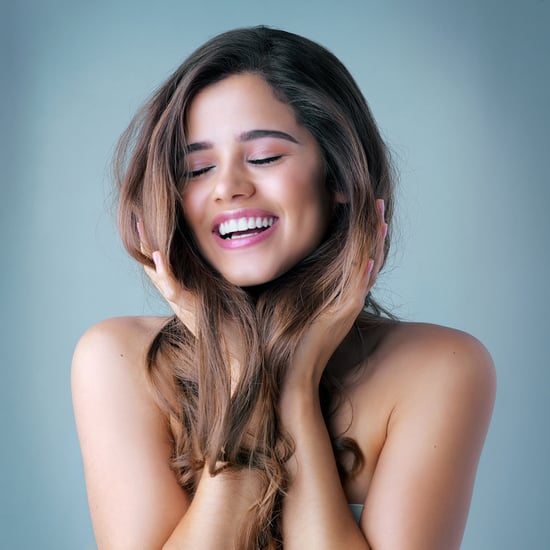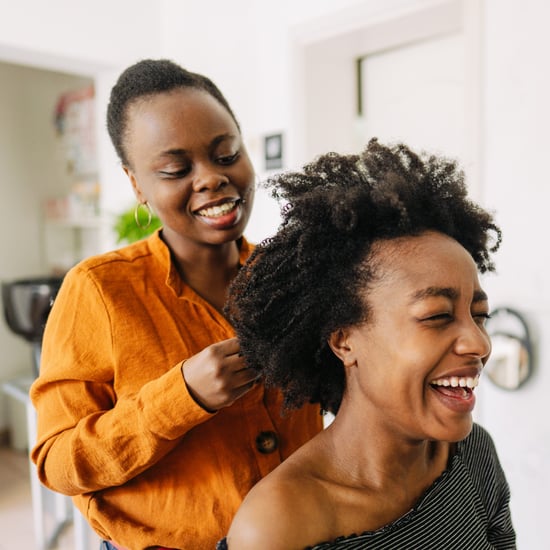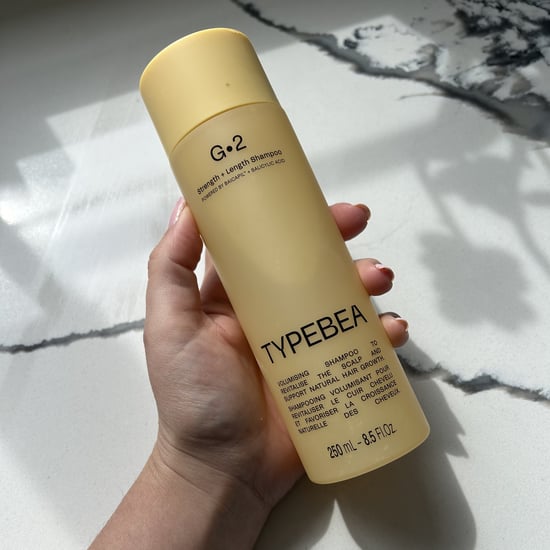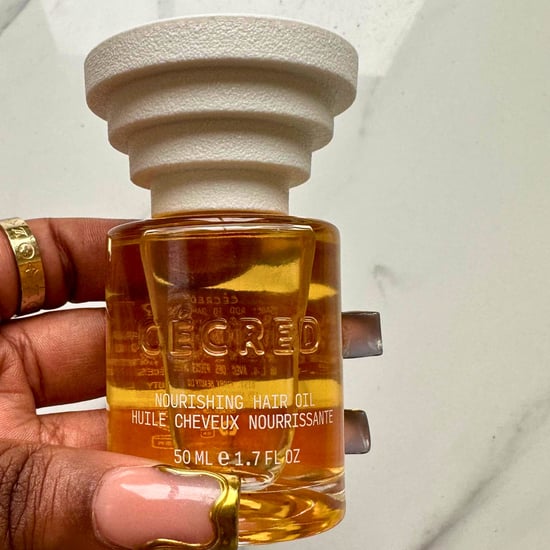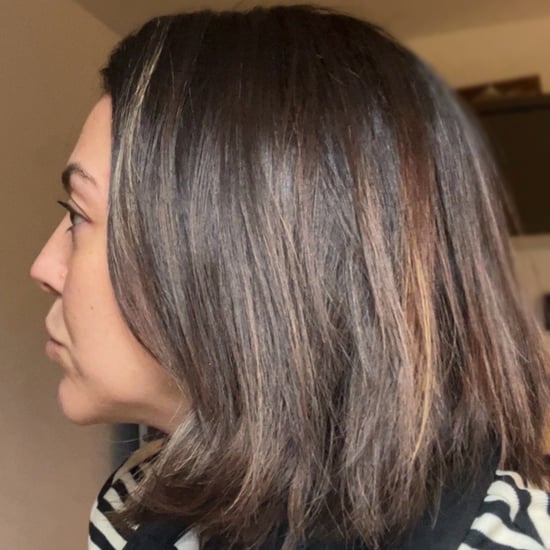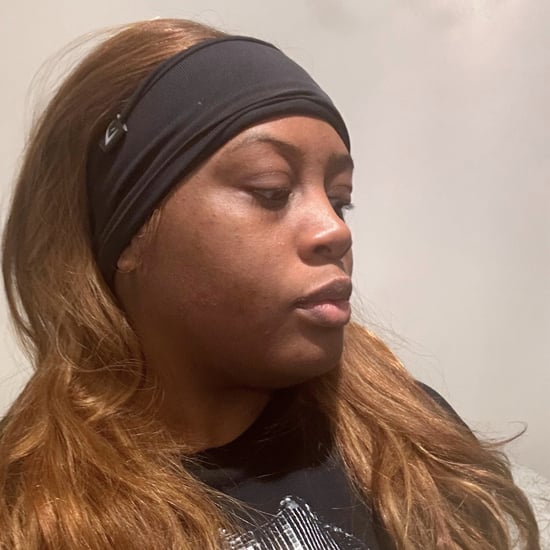The Importance of Natural Hair in Period Films
The Art of Black Hair in Period Films
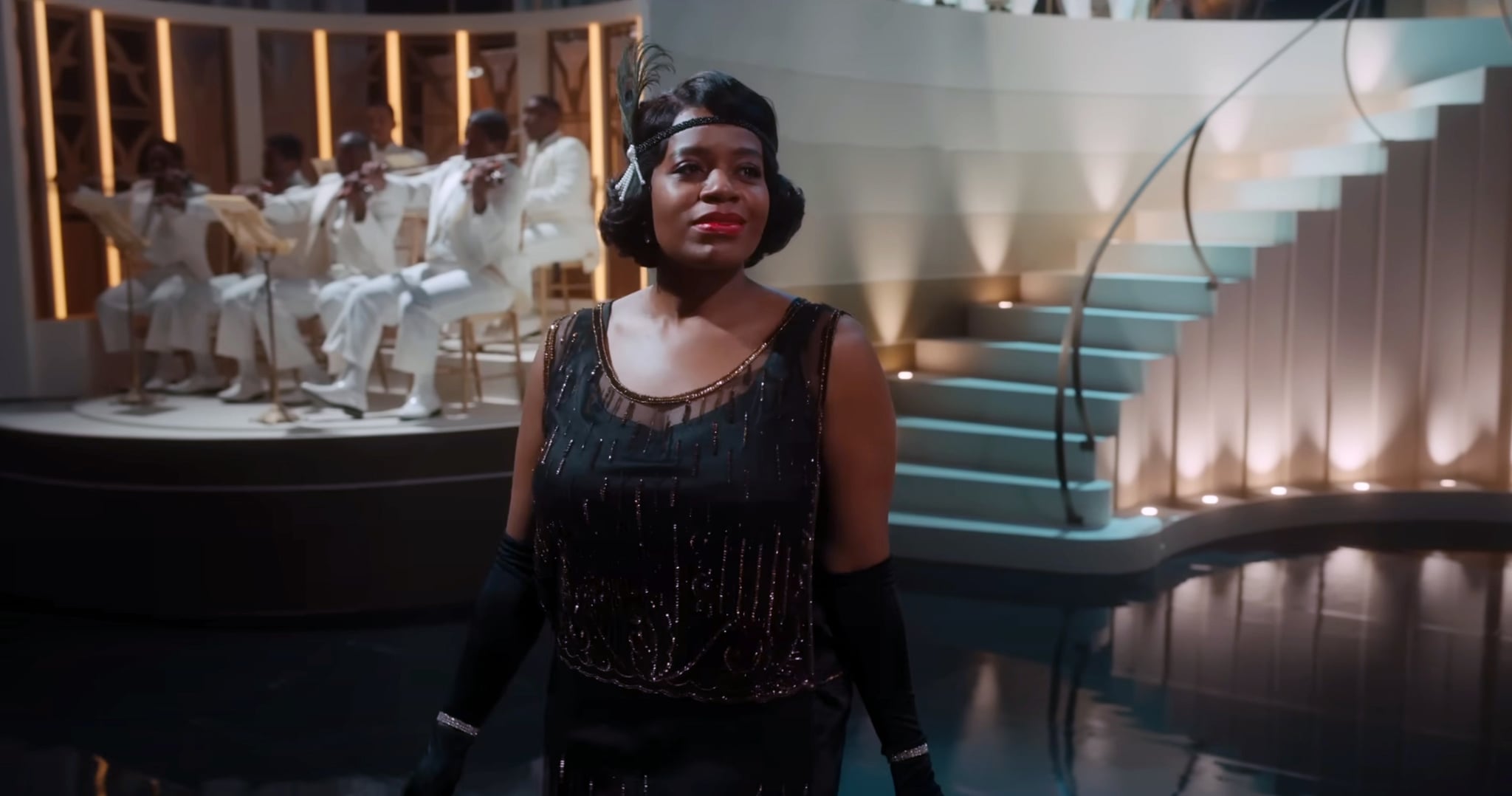
Image Source: The Colour Purple, Fantasia Barrino, 2023. © Warner Bros. / Courtesy Everett Collection
It's not uncommon to hear Black actors lament terrible experiences with hairstylists on set. From not knowing how to work with coily or curly textures to being microaggressive toward talent, stylists in Hollywood often leave much to be desired. This is why when a film makes it a point to highlight natural hairstyles and do it really well, it stands out — particularly in a period piece.
"I love being able to show off the creativity of Black hair in the film," Nakoya Yancey, hair department head for "The Book of Clarence," tells POPSUGAR. "From the styles that we chose to the adornments that we used, it was all to further the plotline while staying true to the time that this was set in, which was during the era of Christ."
Still, hairstylists who work on Black period films have a particularly unique hurdle to overcome: a lack of reference photos. "There are virtually no pictures of Black people in biblical-era films or shows," Yancey says. "I looked back at TV shows that my grandmother would watch, like 'The Ten Commandments,' to get a feel of the kind of ambiance that we were trying to create, but I mainly relied on pictures of African communities from periods like the '40s, '50s, and '60s." In the film, you'll notice hairstyles inspired by the Hamar and Afar tribes of Ethiopia; Fulani braids, which are popular in West Africa; and even Bantu knots hailing from Southern Africa. "I wanted to take all the styles that we knew and add a flair to them," Yancey says.
This flair underscores the importance of Black hairstylists working on Black period films. Rather than trying to cover or hide an actor's natural texture, they make it a point to embrace it. "We wanted to pay homage to natural hairstyles for 'The Colour Purple,'" hairstylist Andrea Bowman previously told POPSUGAR about the film, set in rural Georgia during the early 1900s. "Regardless of the looks that we were doing, both our department lead Lawrence Davis and I wanted to make sure that the look was texture-forward while showing off all of the creativity that can be achieved with coily, natural hair."
Styling natural Black hair is one thing, but caring for it between scenes is another. Yet it's a practice that both Yancey and Bowman say is nonnegotiable. "I am a big stickler about making sure that the actors' real hair was taken care of and moisturised from the constant styling," Bowman says. "Detangling and keeping the hair hydrated was an absolute must. It was how we could continuously manipulate their hair and create those period-appropriate looks."
Frequent steam treatments are Yancey's secret weapon for this. "I have a secret oil-in-moisturiser concoction that I created, and pretty much everyone I've used it on has fallen in love with it," she says. "A few dollops of the mix combined with the steam treatment goes a long way in keeping each person's hair healthy."
Styling Black hair is an art, one that should be taken more seriously in the entertainment space. Black talent shouldn't have to worry about whether beauty professionals will know how to work with their texture. As evidenced by "The Book of Clarence" and "The Colour Purple", when hairstylists and makeup artists are invested in their craft and truly inclusive, the results leave a lasting mark.
